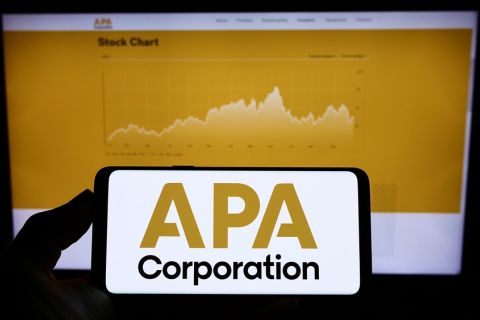The U.S. Transportation Department said on April 21 it would award $6.4 billion over five years to states to fund projects to reduce greenhouse-gas emissions.
The funding, part of a $1 trillion infrastructure bill approved by Congress in November, will help states fund trail facilities for pedestrians and bicyclists and projects that support the deployment of alternative fuel vehicles.
“Transportation is the sector that contributes the most carbon emissions in the U.S. economy, which means that transportation must aspire to be a major part of the solution,” Transportation Secretary Pete Buttigieg told reporters.
The $6.4 billion program requires states to develop plans to reduce transportation emissions and distributes money through a formula developed for state and local governments.
Other projects that could be funded include those aimed at reducing traffic congestion and travel demand strategies; truck stop and port electrification systems; public transportation projects such as bus rapid transit corridors or dedicated bus lanes and infrastructure-based intelligent transportation systems and replacing street lighting and traffic control devices with energy-efficient alternatives.
Congestion pricing might still need separate government approval, officials said. Last year, the Transportation Department said New York City’s proposed congestion pricing plan that would use tolls to manage traffic in central Manhattan would receive an expedited environmental review, but federal government has not acted.
Last month, a New York Metropolitan Transportation Authority official said the agency expects federal approval by the end of 2022, which would allow the tolling to begin in late 2023.
New York would become the first major U.S. city to follow London, which began levying a congestion charge on vehicles driving into the city center in 2003.
Transportation accounts for the largest share of U.S. greenhouse-gas emissions—around 27% in 2020. The administration says despite various roadblocks it can still achieve a goal of slashing greenhouse-gas emissions by at least 50% below 2005 levels by 2030.
Recommended Reading
BP to Use Palantir Software to Improve AI in Operations
2024-09-09 - BP and Palantir have agreed to a five-year strategic relationship in which Palantir’s AIP software will use large language models to improve BP operations.
APA, Palantir Expand Partnership to Deploy New AI Across E&P Operations
2024-09-25 - APA Corp. will introduce new AI capabilities to its oil and gas operations with Palantir Technologies’ Artificial Intelligence Platform (AIP) software.
Companies Hop on Digital Twins, AI Trends to Transform Day-to-day Processes
2024-10-23 - A big trend for oil and gas companies is applying AI and digital twin technology into everyday processes, said Kongsberg Digital's Yorinde Lokin-Knegtering at Gastech 2024.
TGS Releases Illinois Basin Carbon Storage Assessment
2024-09-03 - TGS’ assessment is intended to help energy companies and environmental stakeholders make informed, data-driven decisions for carbon storage projects.
ChampionX Releases New Plunger Lift Well Solution
2024-09-13 - The SMARTEN Unify control system is the first plunger lift controller in ChampionX’s SMARTEN portfolio.
Comments
Add new comment
This conversation is moderated according to Hart Energy community rules. Please read the rules before joining the discussion. If you’re experiencing any technical problems, please contact our customer care team.





